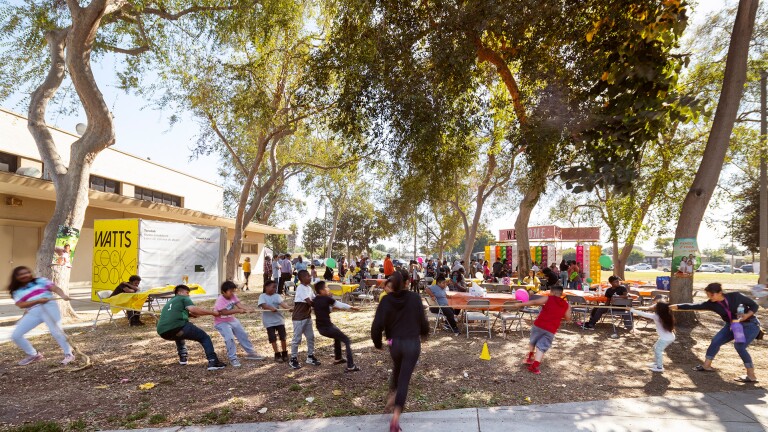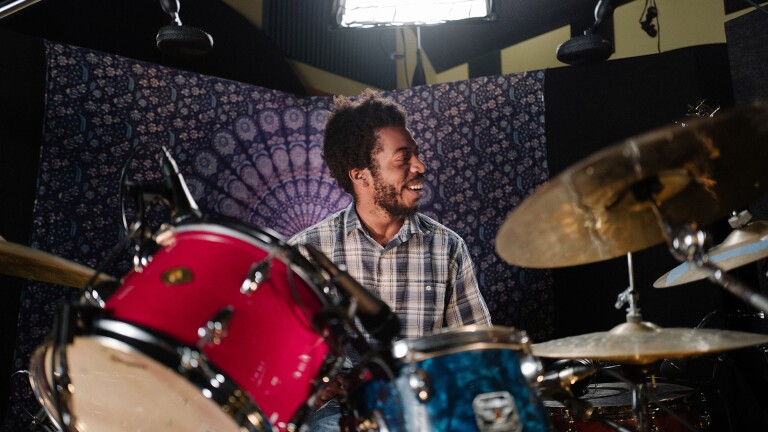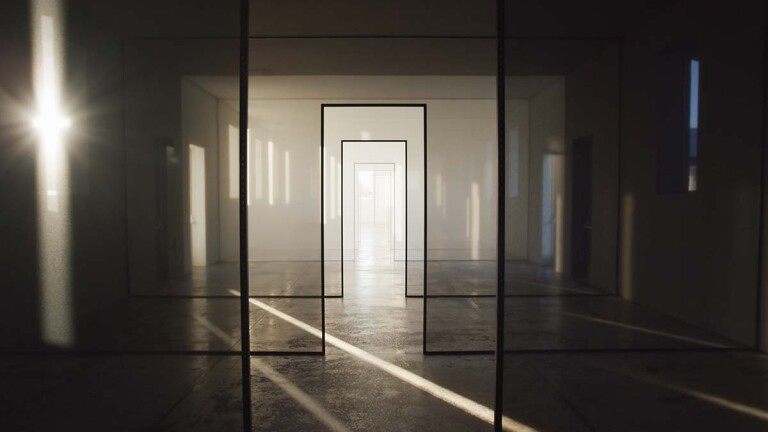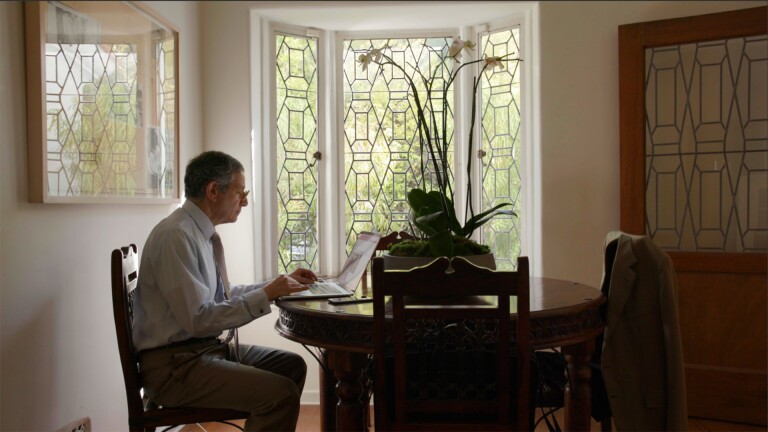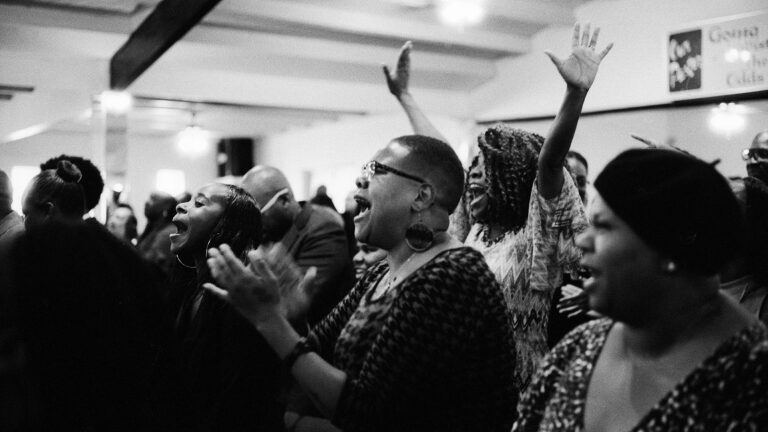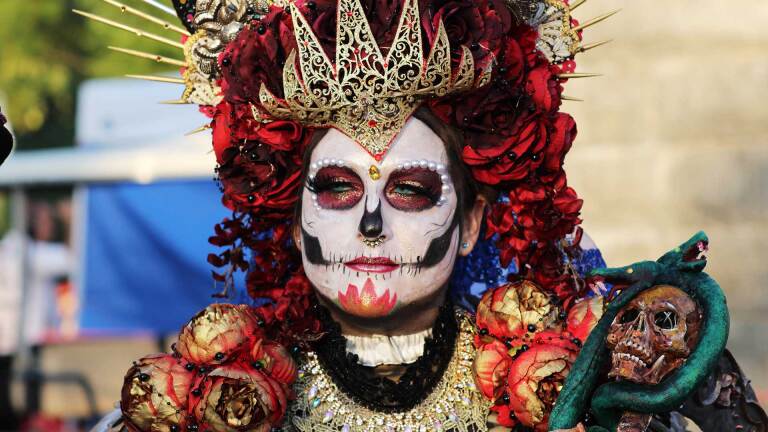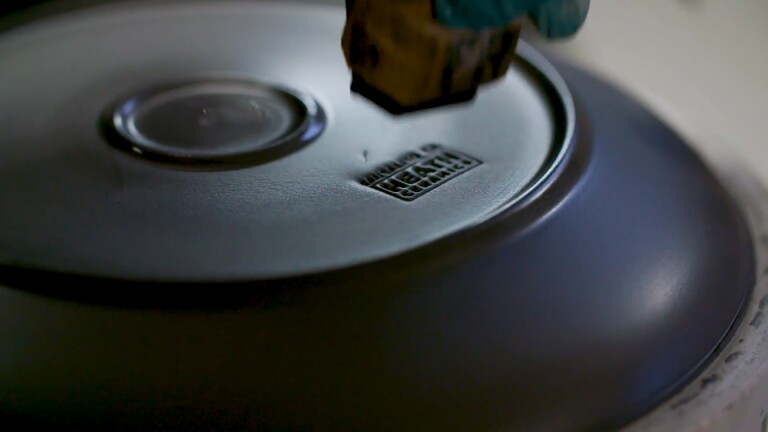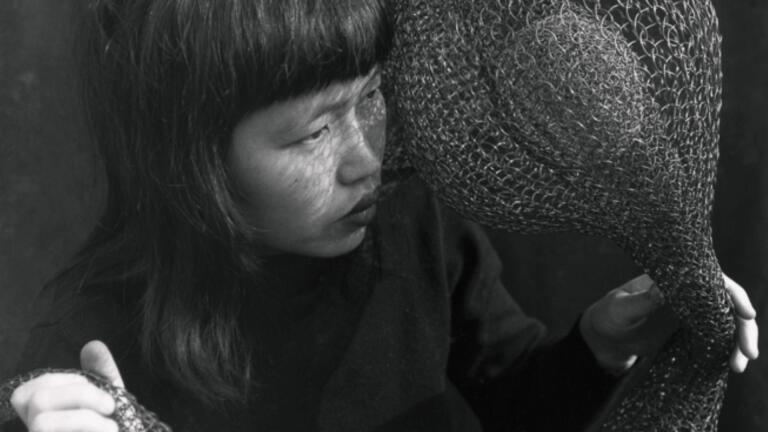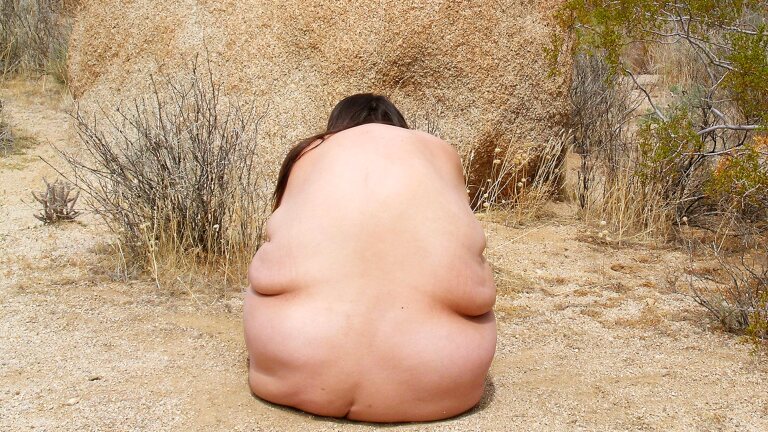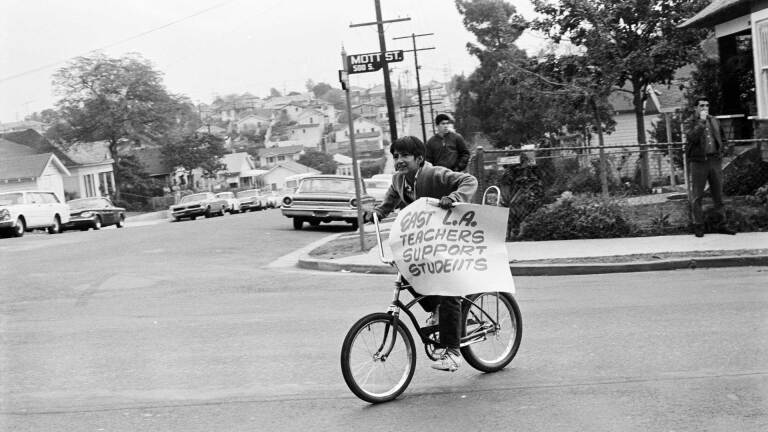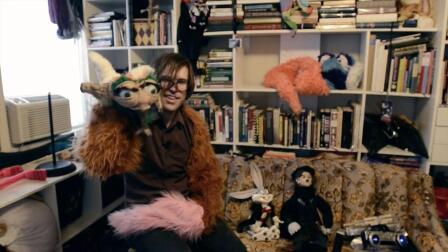Gary Baseman and Me: Critique, Correspondence, and Collaboration in the Art World
Artbound's editorial team has reviewed and rated the most compelling weekly articles. After putting two articles up for a vote, the audience chose this article to be made into a short-format documentary.
One of the most well-known artists in the world, Gary Baseman creates a parallel universe of stylized landscapes populated by gently feral creatures and doe-eyed maidens who go about their business with a flair for costume and an infectious urgency. His paintings and illustrations are equally familiar to readers of Juxtapoz and the New York Times Book Review, and have flourished into a merchandising empire that includes limited edition toys, high-end fashions, and seasonal cards. Baseman was already established as an illustrator when he became one of the earliest mainstream-to-Lowbrow crossover artists, except he did it sort of backwards. "I started at the L.A. Times and made my way down to the L.A. Weekly and then Juxtapoz. From the New York Times and the cover of Time, I worked my way into the gutter." His mom famously worked at the bakery in Canter's for 35 years, making her as much of a celebrity, at least locally, as Baseman himself. Even so, in the late 80s, he decamped for New York to pursue his career, and in a particularly fruitful side-effect, became enamored of the flea market scene there. This was circa 1988, way before eBay, when you had to go and look for yourself. He was drawn to strange, quasi-spiritual figurines, pop culture throw-aways that he invested with new meaning. They were invited into his studio, where they became sources of inspiration, made appearances in paintings, developed into original characters, and reemerged off the canvas, taking shape as the stars of his signature sculpture-toy lines -- which in turn go on to fulfill the totemic desires of a new generation of obsessive collectors. "I definitely feel I'm growing as a painter. No, not as a painter -- as an artist. Painting is too limiting; I want to make art you don't just walk by or through, but actually interact with.
